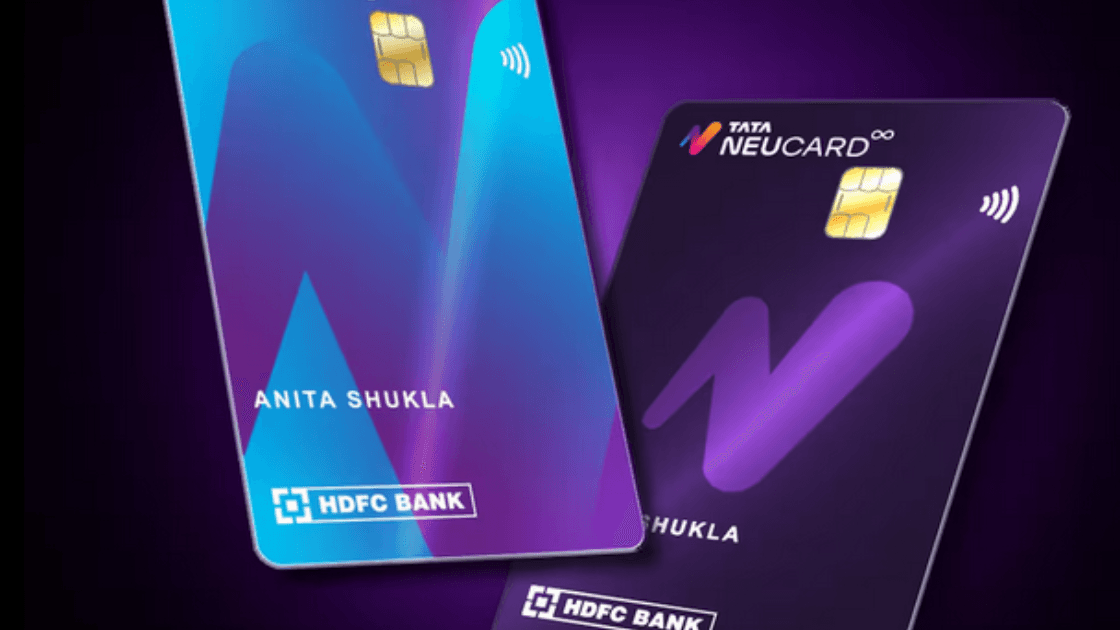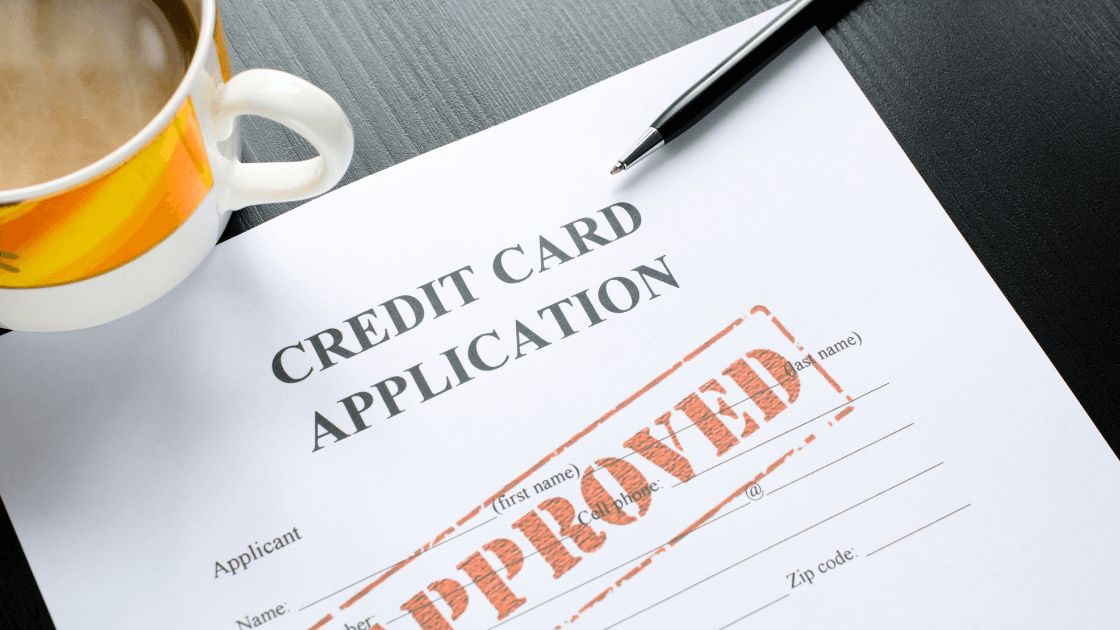
Cards
•04 min read
-ed507771-df04-4fb3-9af5-bae11cb611a6.png&w=3840&q=75)
Ever wondered why your credit card bill often feels like a surprise every month? Understanding the credit card billing cycle can empower you to manage your expenses better and keep fees at bay. This guide explains the ins and outs of billing cycles, shows you how to identify and track your billing dates, and offers strategies for maximizing the benefits of your credit card usage.
A credit card billing cycle is the period between two consecutive statement closing dates. Typically, this cycle lasts around 30 days, but the exact duration can vary depending on your credit card issuer. Knowing this cycle is crucial as it helps you plan your spending and payments more effectively. When you understand your billing cycle, you can better schedule purchases and payments, making it easier to avoid unnecessary fees.
There are three main parts to a billing cycle:
Statement Date: This is the date when your monthly bill is generated, summarizing all the transactions made during the cycle.
Payment Due Date: This is the fixed date each month by which you must pay at least the minimum due to keep your account in good standing and avoid extra charges.
Interest-Free Period: If you pay your full outstanding balance by the due date, you can enjoy an interest-free period that typically ranges from 14 to 21 days. This grace period means you won't be charged interest on your new purchases, as long as you settle the full balance.
Every purchase, payment, and fee that occurs within the billing cycle is recorded and reflected in your monthly statement. This cycle not only impacts your current balance but also plays a role in determining your credit utilization ratio, which is an important factor in maintaining and improving your credit score.
You can find details about your billing cycle on your monthly credit card statement or by logging into your issuer’s online banking portal. For instance, if you are wondering how to know my credit card billing date, simply review your statement where the closing date and payment due date are clearly indicated. This approach is useful for various issuers and can often be found in the user guide provided as a PDF. For more detailed guidance, you can download our comprehensive PDF guide on how to use credit card for billing cycle effectively.
Some card issuers allow you to request a change to your billing cycle, which can be helpful for aligning with your salary dates or personal financial planning. If you ever need to know how to use Tata Neu HDFC Bank Credit Card for billing cycle or similar, contacting your service provider directly can clarify if adjustments are possible. Remember, it is always advisable to confirm any changes or policies directly with the issuer.

To avoid missing any important dates, consider using financial management apps or setting reminders through your phone’s calendar. Simple tools such as these help in maintaining a clear overview of your payment schedule, ensuring you never miss a due date and keeping you in control of your finances.
One effective strategy is to try to make purchases early in your billing cycle rather than at the end. By doing so, you maximize the interest-free period available before your payment due date. For example, if you make a purchase on the first day of the cycle, more days are available for you to pay it off without incurring interest compared to a purchase made just before the closing date.
Paying your full outstanding balance each month is essential. This not only helps you avoid interest charges but also keeps your credit utilization ratio low, which is beneficial for maintaining a healthy credit score. While it might be tempting to pay only the minimum amount, timely and full payments make a big difference in the long run.
If you manage more than one credit card, you can use the different billing cycle dates to your advantage. By staggering your purchases across multiple cards, it becomes easier to manage cash flow and avoid a large consolidated payment all at once. This approach enables you to plan your expenses more efficiently and maintain financial stability throughout the month.
Missing a payment can lead to late fees and may negatively affect your credit score. Setting up auto-pay or calendar reminders can help ensure your payment due date is never overlooked.
It is important to understand that the interest-free period applies only if the full balance is paid by the due date. Carrying a balance across cycles can lead to unnecessary interest charges, undermining efforts to manage your finances efficiently.
Sometimes, billing cycles may shift due to holidays or adjustments made by your card issuer. Regularly reviewing your statements and keeping track of any changes will help you plan your payments without surprises.

Failing to leverage digital tools and reminders is a common pitfall. A simple reminder system can help keep your payments on track and prevent any avoidable fees or charges.
Your credit utilization during the billing cycle is reported to credit bureaus. Keeping track of your spending ensures that this ratio remains below 30%, which is favorable for your credit health.
A billing cycle is the interval between two consecutive statement closing dates. It allows the issuer to calculate your outstanding balance for that period.
Your billing date is mentioned on your monthly statement or can be viewed on your issuer's online portal.
Some issuers offer the flexibility to adjust your billing cycle upon request. Check with your card provider to understand your options.
Missing a due date can lead to late fees, interest charges, and a negative impact on your credit score.
The credit utilization based on your billing cycle data is reported to credit bureaus. A lower utilization rate can help improve your credit score.
Understanding your credit card billing cycle is a key step toward effective financial management. Identifying and managing your billing dates not only helps in avoiding fees but also enhances your ability to plan your expenses. By making timely purchases, paying off balances in full, and avoiding common pitfalls, you can maintain a better credit score and enjoy a stress-free payment experience. Mastering these practical strategies ensures that your cycle works for you, leading to improved financial control and peace of mind.
With Tata NeuMoney, managing your Tata Neu HDFC Bank Credit Card becomes a seamless experience through innovative tools and transparent features.